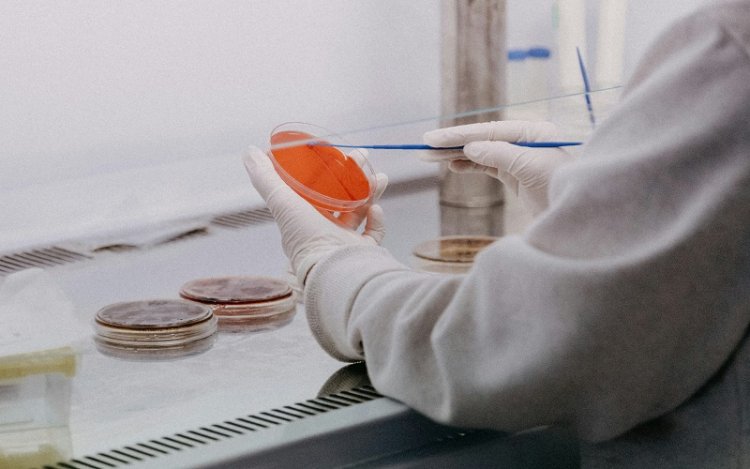Two-Photon Excitation Microscopy: Unveiling the Intricacies of the Microscopic World
Share this Post to earn Money ( Upto ₹100 per 1000 Views )

In the realm of microscopy, there are various techniques that have revolutionized our understanding of the microscopic world. One such technique is Two Photon Excitation Microscopy (TPEM), a powerful imaging method that allows scientists to explore the intricate details of biological samples with exceptional resolution and depth. In this blog post, we will delve into the principles behind TPEM and explore its applications in various scientific disciplines.
TPEM is based on the principle of two-photon excitation, a phenomenon that occurs when two photons of lower energy simultaneously excite a fluorophore molecule to a higher energy state. Unlike traditional fluorescence microscopy, where a single photon is used to excite the fluorophore, TPEM takes advantage of the nonlinear excitation process, which only occurs at the focal point of the laser beam. This unique property allows for precise spatial control and minimizes photodamage to the sample.
The key advantage of TPEM lies in its ability to penetrate deep into biological tissues, making it an ideal tool for imaging thick samples, such as living organisms or tissue slices. Traditional fluorescence microscopy techniques suffer from limited penetration depth due to scattering and absorption of light by the sample. However, in TPEM, the excitation occurs only at the focal point, where the intensity of the laser beam is highest. This localized excitation minimizes background fluorescence and allows for high-resolution imaging even in thick samples.
One of the most significant applications of TPEM is in the field of neuroscience. The ability to image deep within the brain has revolutionized our understanding of neuronal circuits and their function. By labeling specific neuronal populations with fluorescent markers, researchers can visualize and track individual neurons in real-time, providing insights into their morphology, connectivity, and activity patterns. TPEM has been instrumental in studying processes such as synaptic plasticity, neuronal development, and the dynamics of neural networks.
TPEM has also found applications in the field of cancer research. By imaging tumor tissues with TPEM, researchers can study the behavior of cancer cells in their native environment. This technique allows for the visualization of tumor growth, invasion, and metastasis, providing valuable insights into the mechanisms underlying cancer progression. Additionally, TPEM can be used to study the efficacy of anti-cancer drugs by monitoring their effects on tumor cells in real-time.
In the field of immunology, TPEM has been instrumental in studying immune cell dynamics and interactions. By labeling immune cells with fluorescent markers, researchers can observe their migration, activation, and interactions with other cells in real-time. This has led to a better understanding of immune responses, such as inflammation, immune cell trafficking, and the formation of immune synapses. TPEM has also been used to study the behavior of immune cells in various disease states, providing insights into the mechanisms of immune dysfunction.
Beyond biology and medicine, TPEM has found applications in other scientific disciplines. In materials science, TPEM can be used to study the properties of materials at the nanoscale, such as the behavior of nanoparticles or the dynamics of molecular self-assembly. In chemistry, TPEM has been used to study chemical reactions and the behavior of molecules in complex environments. The ability to image and track individual molecules in real-time provides valuable insights into their behavior and interactions.
In conclusion, Two-Photon Excitation Microscopy is a powerful imaging technique that has revolutionized our understanding of the microscopic world. By taking advantage of the nonlinear excitation process, TPEM allows for high-resolution imaging deep within biological tissues. Its applications range from neuroscience and cancer research to immunology and materials science. With its ability to unveil the intricacies of the microscopic world, TPEM continues to push the boundaries of scientific discovery and pave the way for new insights into the complex workings of life.

 creativebiostructure
creativebiostructure 







